In the Las Vegas Valley, water is a big issue and frequently contentious. Until the early 1970s, all water in the Valley was pumped from out of the ground. Then, the water level of the underground reservoirs called aquifers, which had been falling, became dangerously low. With population growth and other pressures on water, a better solution had to be found. Today, some 90 percent of the Valley’s water comes from the Colorado River via Lake Mead.
Wells remain important, supplying some 10 percent of the water needed by Valley. Those wells are either community or domestic (private residences or businesses). Today, there are more than 6,000 wells within the Las Vegas Valley that supply water year-round to those users not on the municipal water supply.
Water from the Colorado River has been used to replenish—to level up—the underground reservoirs so private wells are not likely to run dry. Permits for new wells though are nearly impossible to obtain and proposals to further limit or even withdraw some well permits periodically stir public protest.
Your family’s well
Depending upon your well for your family’s or business’s water comes with a responsibility. Municipal water supplies are tested constantly for a long list of possible contaminants such as potentially harmful metals or biological contaminants as well as for issues such as hard water. Regular detailed reports on water quality are published and the Valley’s municipal water supply easily passes standards set by the U.S. Environmental Protection Agency (US EPA).
But water quality in private wells is not regulated or tested by the Bureau of Safe Drinking Water. If your family gets its drinking water from a private well, the only one who tests its safety and quality is you. If there are health risks, you should know about them. You can get basic information from the US EPA, but translating that into testing water quality and then remedying any problems is the homeowner’s responsibility.
The Diagnosis
An analysis of well water by a qualified professional in the field typically will include testing for these possible contaminants and measuring the amounts in your water. Water usually contains many, many metals, for example, but often in just a few ppb (parts per billion), which presents no risk. This table is from the Nevada Department of Environmental Protection:
At certain well-known levels any of these potential contaminants in your drinking water can cause problems ranging from the taste, smell, and color of the water to risks of serious illness.
Any of these potential problems with your well water can be corrected. The first step is testing by a qualified professional. At EcoWater Systems, we have been developing and refining our comprehensive water diagnosis methodology and technology since 1925. We strongly advise you not to wait until smelling, feeling, tasting, and looking at your water alerts you to a problem. These observations are always valuable, of course, but many problems can be identified only by testing—and that is one of our specialties. Our test results lead to recommendations for the right solution for you. Some sources of well water contamination are local and immediate—a well contaminated by a sewage system—others are from outside your property—agricultural fertilizer or pesticide run-off. We can alert you to these issues, too.
Correcting the problems
But whatever the problem, EcoWater Systems technology can correct problems and protect you and your family with remedies from water softeners to conditioners to whole-house treatment. For example, our reverse osmosis and drinking water purification systems can deal with such serious problems as dissolved metals like lead and iron or with nitrates, chlorine, and mineral salts. The result is cleaner, cleared drinking water.
Let’s look in more detail at some common problems we diagnose at Eco-Water Systems and can correct in your drinking water:
Hydrogen Sulfide: Smells like rotten eggs
Decaying vegetation or oil deposits underground can lead to water containing hydrogen sulfide, changing the look and taste of your beverages and cooked foods. It also can wreak havoc with your plumbing system and appliances exposed to the water.
Cloudy/Milky Water: Looks foggy
Dirt and other suspended particles in your water, giving it a cloudy or milky appearance, is caused by sand or dirt either in your well or in run-off matter in the water supply. Your water looks unappetizing and the particles can clog plumbing or increase wear and tear.
Iron water and Manganese: Tastes metallic
The passage of your underground water through iron-bearing rocks, for example, can carry that metal into your home to stain sinks and laundry and create scaling on pipes or in your appliances.
Algae, Mold, and Bacteria: Smells like algae or mold
When we move from metals to organic matter, your well water might taste earthy or fishy. Is there a slime build-up in your toilet tank? I could be bacteria in your water. Bacteria can appear in many forms. A test of your water by a water-treatment professional will spot the problems. Then, we can recommend the best solution for you.
These are but a few common problems that Eco-Water Systems experts identify in well water. Whatever their source, the right technology can treat water between your well and your home faucets. That means delivering safe water that is clean and appealing to senses to your family.
When you work with Eco-Water Systems
Almost a century of experience with identifying and remedying problems with household water supplies gives Eco-Water Systems the depth of expertise to test your well water, identify all problems and potential problems, and propose solutions made possible by our cutting-edge water purification technology.
Your first step is to get in touch with EcoWater Systems Las Vegas to perform a comprehensive in-home water analysis conducted by qualified professional water labs. Our recommendations will target specific problems diagnosed in your water.
And be sure to check back here regularly for information, insights, and updates on water purification problems and solutions.

